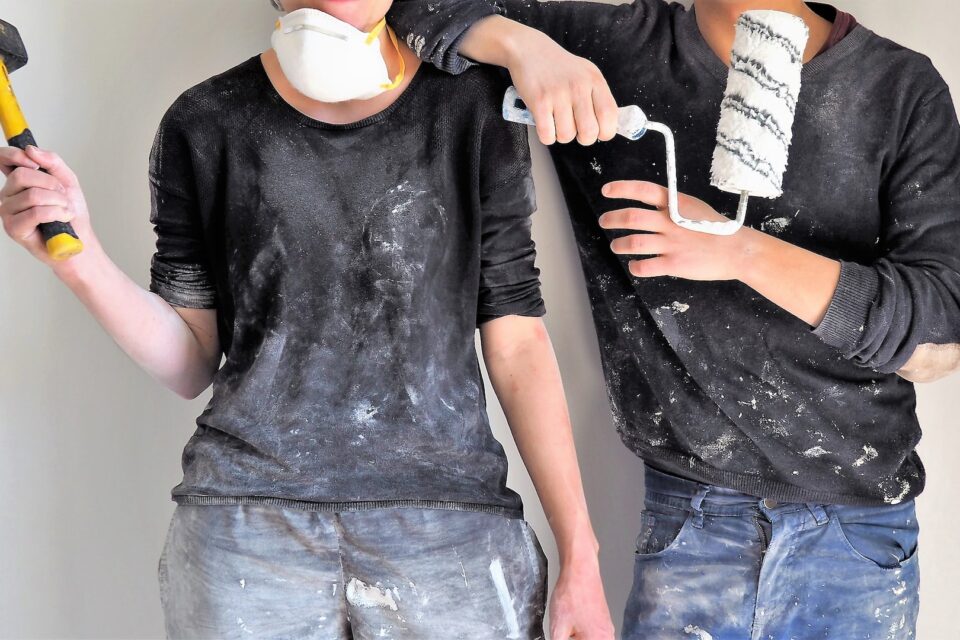There are many reasons to repaint your home, from making it look more aesthetically pleasing to increasing its value. However, painting your own home can be daunting if you don’t know what to do and have never attempted such a project before.
You can call a professional commercial painter to help with the job while you sit back and relax. However, if you want to take on this project yourself, here are some tips for a successful home painting project:
Clean the Surface
Before you start the painting process, you must thoroughly clean the surface you’ll be painting. Doing so will ensure that the paint adheres properly and looks great when finished.
Test Paint Colors
Before committing to a color, try a few test colors on the wall. This will help you better visualize how your chosen colors will look when finished. You can even use painter’s tape to make small sections of the wall with different colors to make an informed decision before painting the entire room.

Buy Quality Paint
It’s important to buy high-quality paint for your project as it will last longer and provide better coverage. It may cost more, but the result will be worth it. Spend time researching different paint types, brands, and sheens before making your final purchase decision.
Protect Your Floors & Furniture
Before you begin painting, make sure to cover your floors and furniture. It will protect them from any accidental paint spills or splatters. Coverings such as drop cloths can protect carpets and hardwood floors, while a tarp can be used to cover furniture.
Prepare and Prime the Walls
Your walls should be patch-free and smooth before you start painting. Make sure any holes are filled and sanded down as needed. Take the time to remove nails, screws, or anything else that might interfere with paint adhesion. Priming your walls is essential for a professional-looking finish. Primers can help to hide problem areas and even out surface imperfections, and help the paint better adhere to the walls.
Use Quality Tools
Quality tools and supplies can make a difference when painting your home. Invest in high-quality brushes and rollers for smooth, consistent coverage. Don’t forget to buy painter’s tape for clean lines and a drop cloth for protecting your floors.
Avoid Hot & Humid Weather
Hot and humid weather can make painting difficult as the paint won’t dry properly and will likely streak or bubble when applied. If you plan to paint outside, wait until the temperatures have cooled off considerably before starting.
Conclusion
Painting your home can be a fun and rewarding experience. However, it takes time, patience, and the right tools to do it properly. With these tips in mind, you will have a successful painting project and end up with beautiful results.

